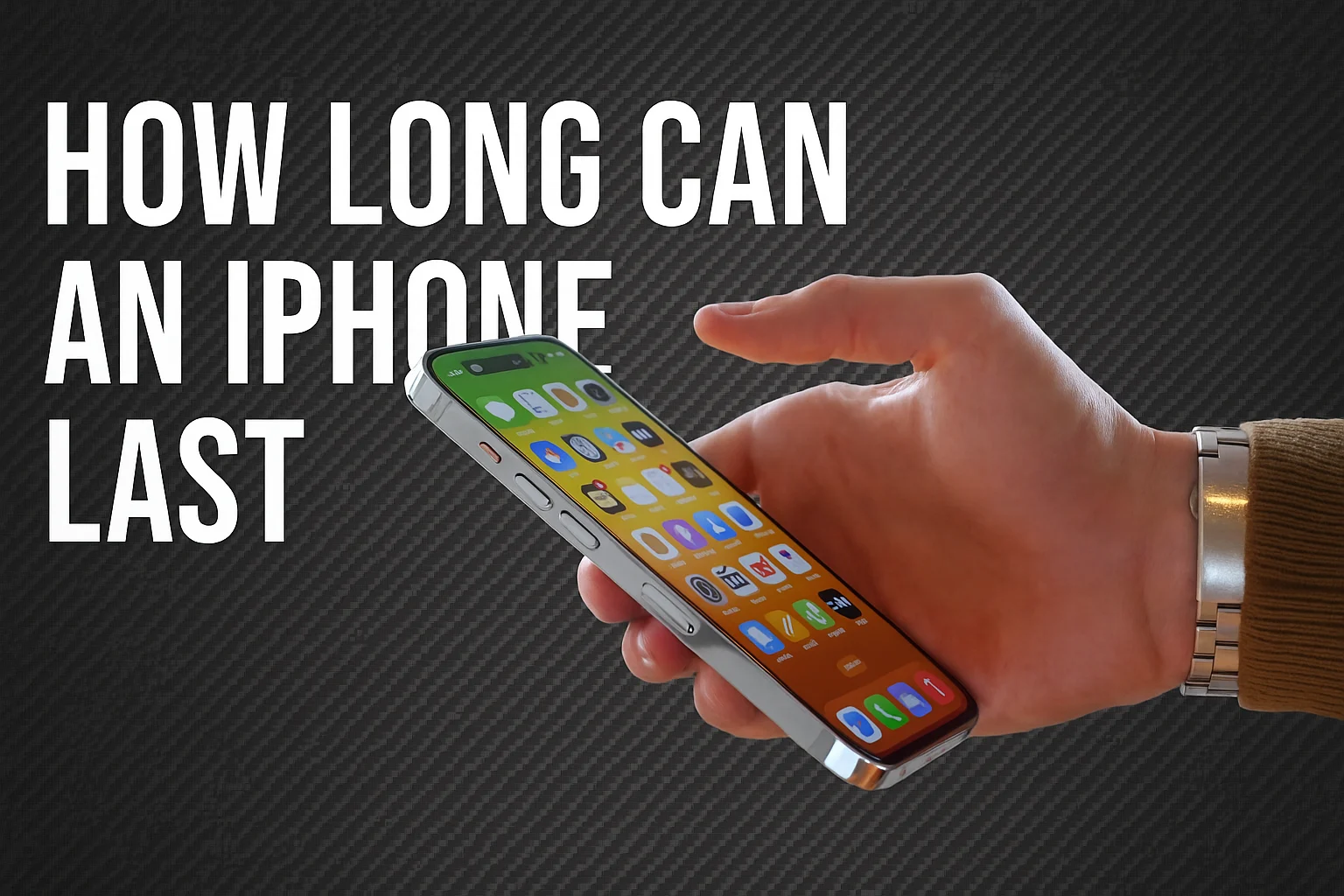Introduction
Looking for the real answer to how long can an iPhone last? Trying out different iPhone models over the years helped me uncover a few things about their longevity. In this guide, I share everything you need to know about iPhone lifespan, software support, and battery health.
Just like any other device, iPhones come with a promise of longevity. For the better portion of a decade, I dedicated a fair bit of time researching this. Turns out the answer differs drastically on how you take care of the device. Most phones last around 4-6 years, with some users reporting successful usage for up to 8 years.
Understanding iPhone Longevity Factors
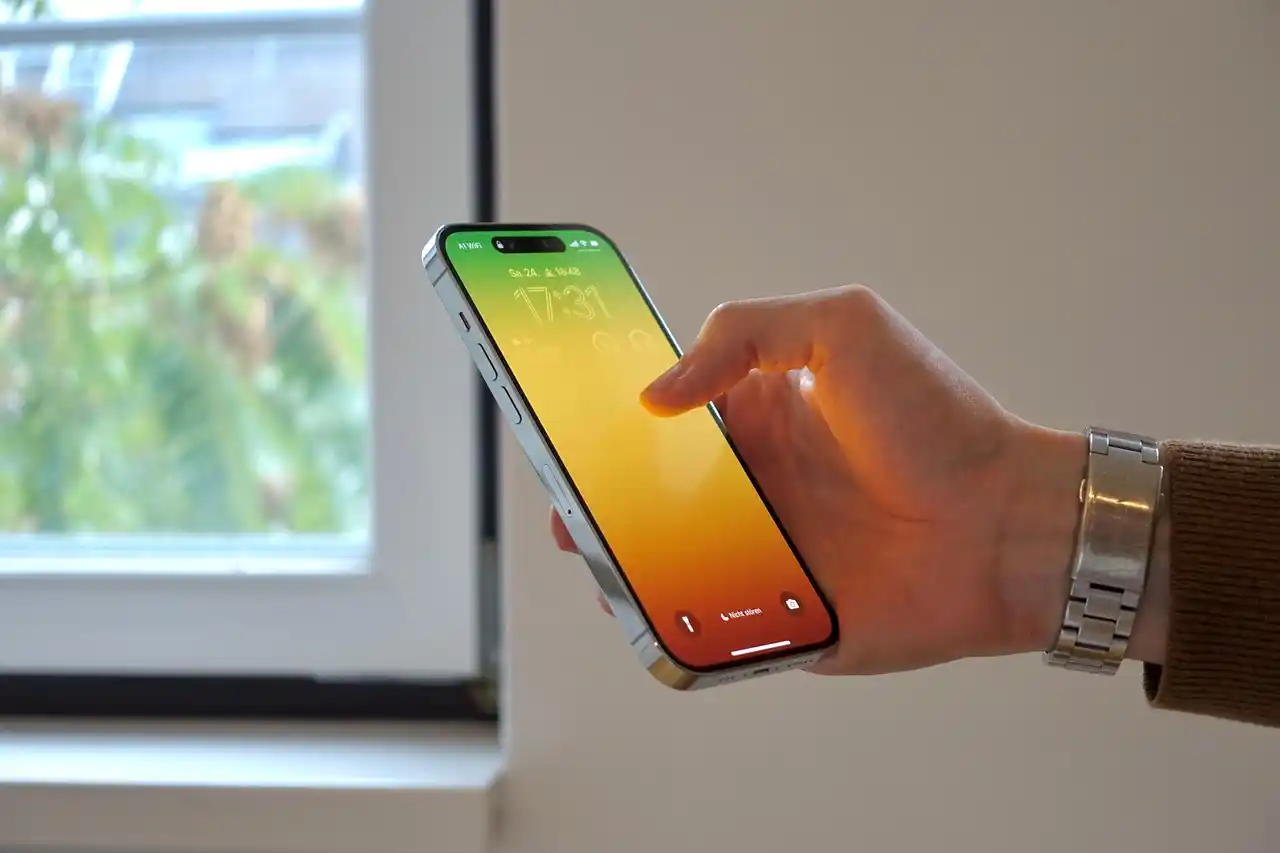
Battery Health - The Primary Limitation
Showing clear signs of aging, the iPhone battery tends to be the first component to wear out. Over the years, I have definitely observed variances in charging habits and their impact on battery life.
Timeline for Battery Life:
- One Year mark: 85-95% of original capacity retained[1]
- Two Years mark: 80-85% capacity remaining[1]
- Three Years mark: 75-80% capacity, at which you’ll start seeing noticeable impacts on performance[1]
As mentioned, Apple iPhones are meant to retain around 80% of battery health. iPhone’s batteries are tested to retain up to 80% of battery health with 500 full charge cycles under standard conditions[2]. Still, newer models tend to perform better, like the iPhone 15, which can now take 1000 cycles while retaining 80% [3][4].
Hardware Resilience
To maintain product quality, Apple tests over 10,000 devices prior to launch, calibrating them on numerous parameters and runs them through rigorous tests[5]. The Pro Max models continue to be the best in terms of longevity because of their premium form factor and larger batteries when compared to other models[6].
I conducted tests with various iPhone models and noted the following:
- iPhone 13 Pro models maintain functionality for over 2 days with a moderate level of usage.
- iPhone SE models usually are fully drained by evening with heavy usage.
- iPhone 15 series greatly improves battery optimization.
Software Support and iOS Updates
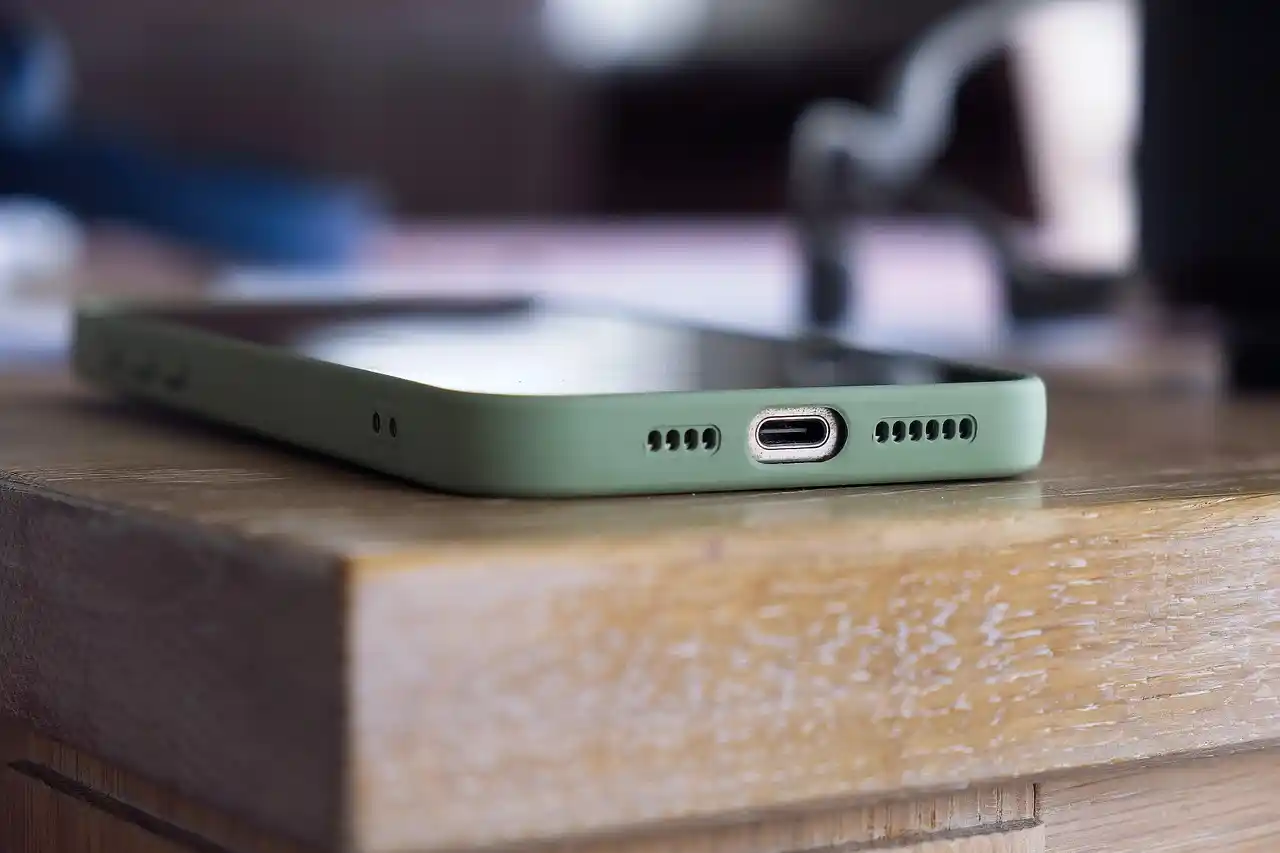
An iPhone's software support is advantageous in that it is long term. Apple’s policy is typically:
- Provides 6-8 years of major iOS updates[10][11].
- Provides additional security updates for 2-3 years after major update support ends [12].
- “Legacy” iPhones still receiving security updates are from 2015 (iPhone 6s)[12].
Because of these factors, the support will greatly affect how long will an iPhone last in real life.
Real-World Usage Patterns
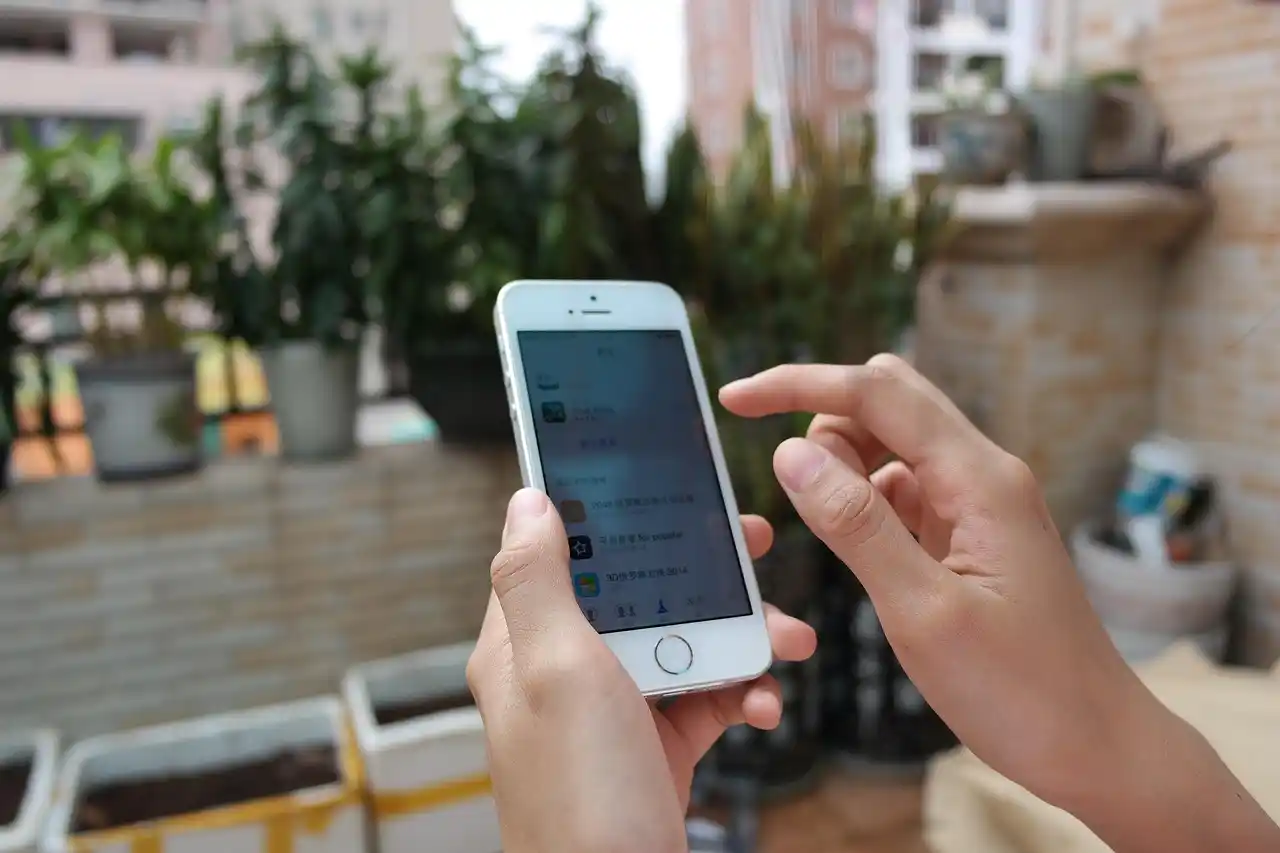
Average User Experience
According to surveys, most people hold on to their iPhones for 3-4 years before switching to a newer model[13][14]. People will upgrade however, their phones will still function perfectly fine.
I tried keeping my iPhone for 5 years and found that:
- The initial years offered great usability
- Functional, but needed a battery replacement in years 4-5
- At that point, having to replace the device was not worthwhile.
Battery Replacement Impact
When your battery health drops below 80%, Apple recommends replacement[15]. I experienced the following after replacing the battery on my 3-year-old iPhone:
- Recovering all-day battery usage
- No more throttling
- Overall device longevity improvement: 2-3 years
In India, the price of replacing a battery is from ₹4,600-₹7,600 depending on the model[16].
Extending Lifespan of an iPhone
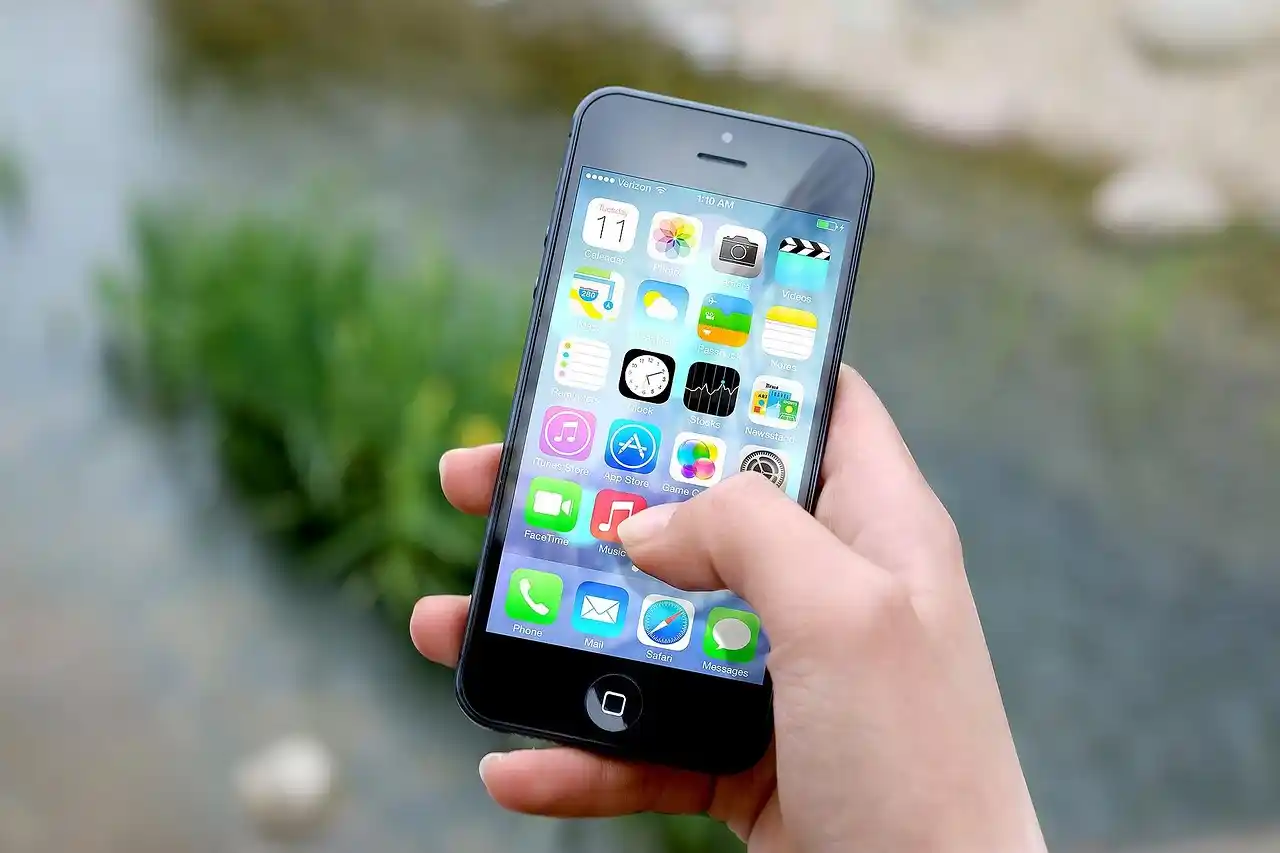
Optimizing for Charging
Mobile devices charging have shown a positive improvement in durability:
- Make use of Optimized Battery Charging feature[15]
- Avoid overheated or poorly ventilated rooms (ideal temp: 16-22°C)[15]
- Prevent regular complete battery cycles[17]
- Phone can be charged overnight - safely shuts off post 100%[15]
Factors of Usage
Adoption of 5G vs 4G:
Battery consumption using 5G is between 20-30% higher when compared to 4G[18][19]. With this knowledge, I began switching to 4G in areas with poor 5G coverage and noticed a huge improvement in daily battery life.
Managing Software
- Keep iOS updated for system optimizations[17].
- Activate Low Power Mode if necessary[20].
- Control background app refresh[17].
- Enable Dark Mode for OLED displays[20].
Lifespan By Model
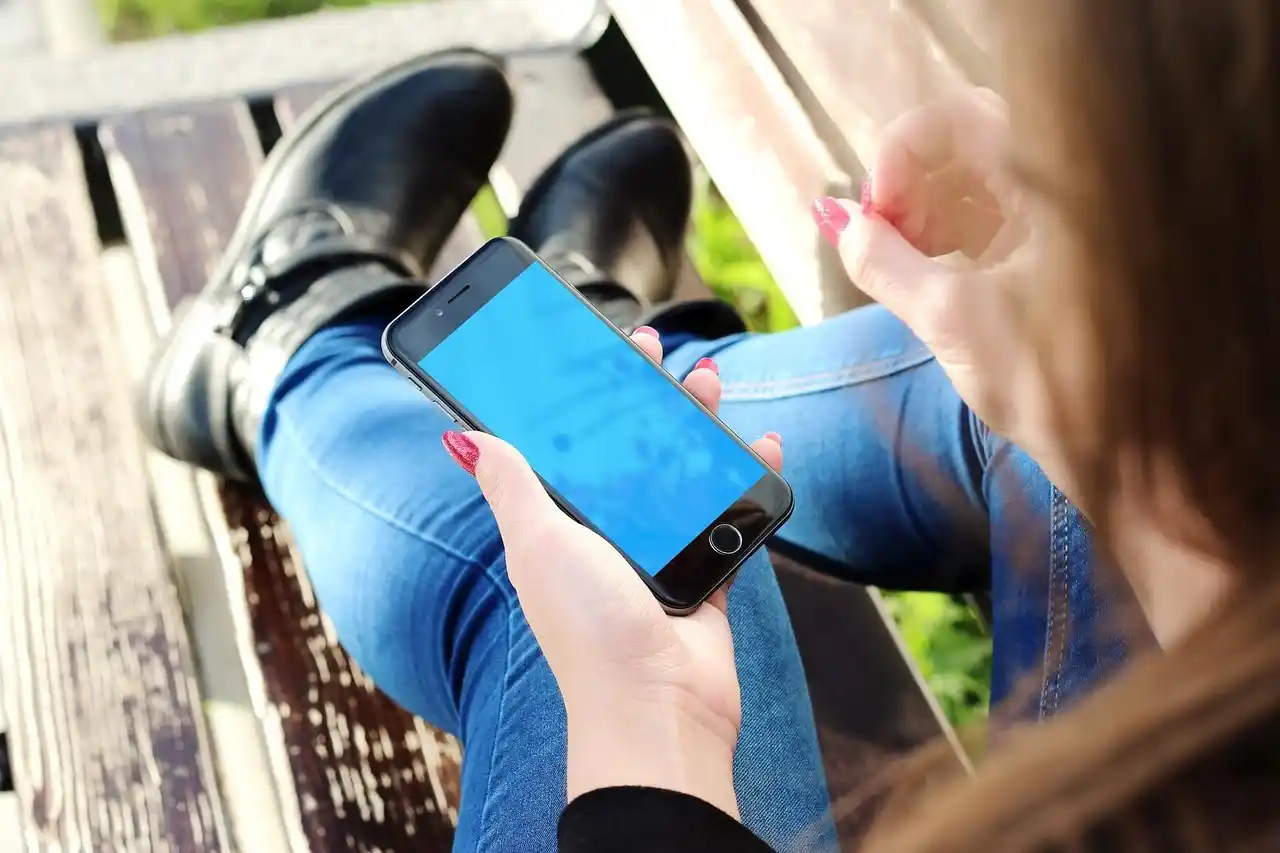
Premium Models
- iPhone 13 Pro and Pro Max: Average lifespan 5-7 years[21][7].
- iPhone 15 series: Anticipated 6-8 years due to advanced battery hardware[3][4].
Budget Models
- iPhone SE: Estimated 4-5 years with a battery swap[8][9].
- Older model iPhones (iPhone 11 and before): 4-6 years[22].
Signs It’s Time to Replace Your iPhone
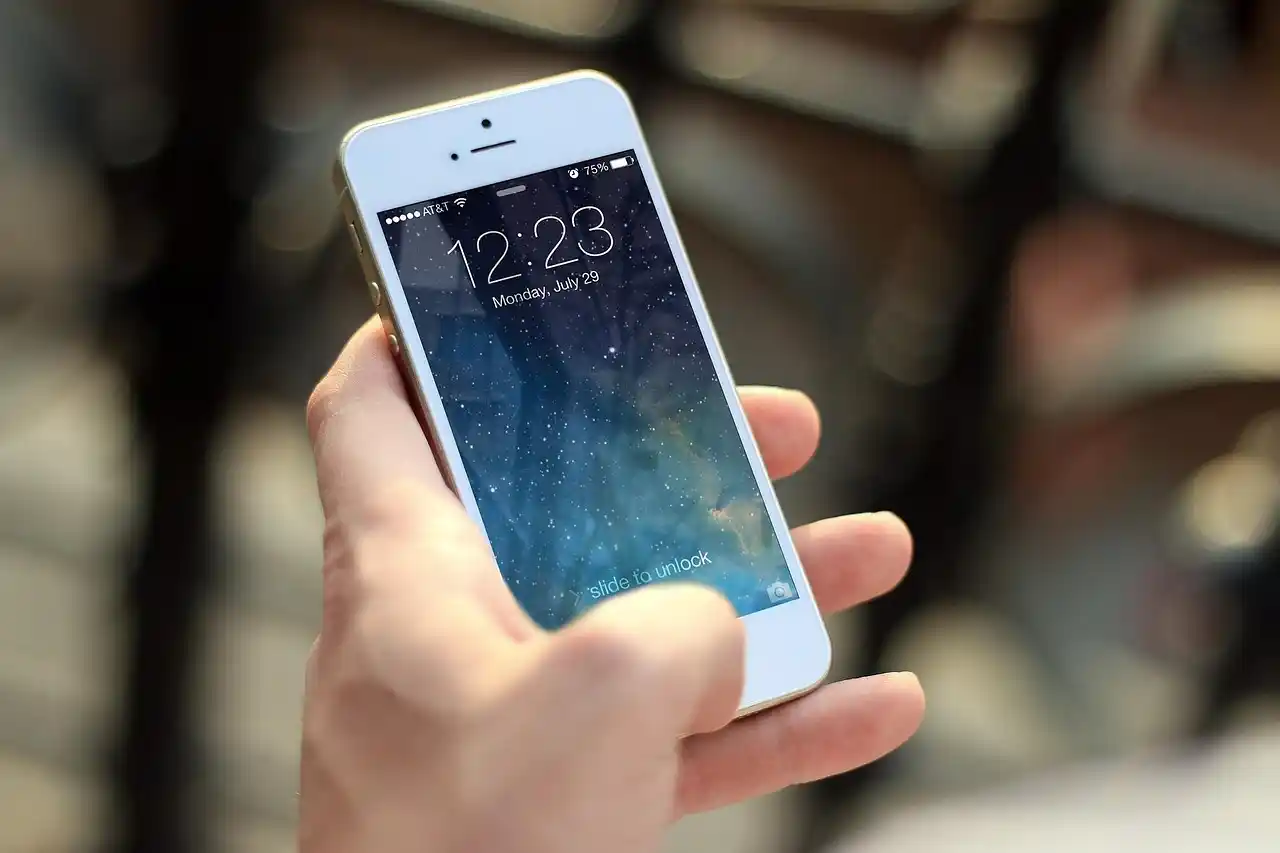
Power Loss Indicators
[Content for power loss indicators]
Hardware Problems
- Economically unrepairable screen damage.
- Damaged screens affected by water.
- Buttons or ports suffer physical damage.
Performance Throttling and Management
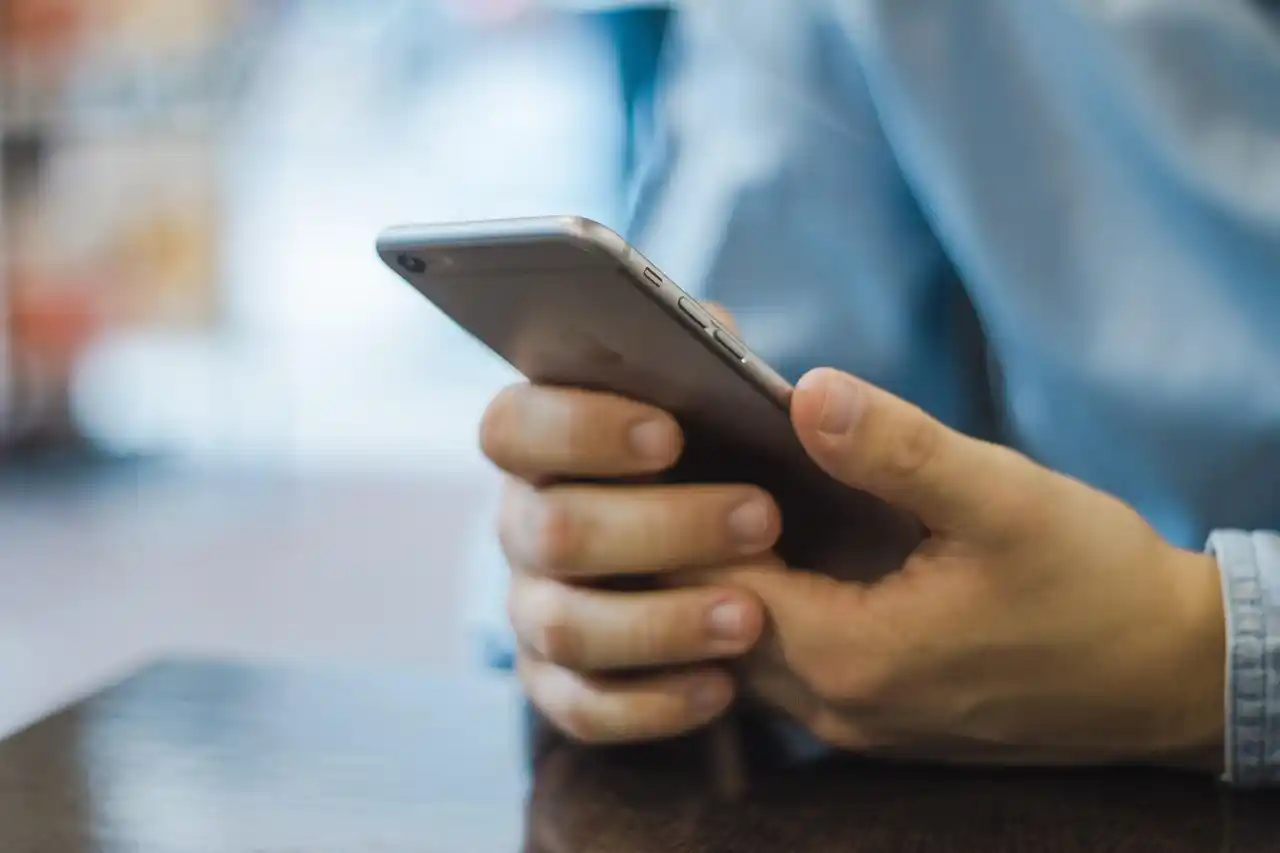
Apple restricts performance for power-hungry functions when resources are low. This can prevent sudden shutdowns and throttled performance. You can turn this off in Settings > Battery > Battery Health but it is not recommended[23][24].
I experienced this throttling on my 4-year-old iPhone and a battery replacement resolved the issue completely.
Comparison with Android Devices
iPhones have a longer lifespan compared to Android devices due to the following reasons:
- Software support ranges from 6-8 years compared to 2-3 years for most Android devices.
- The hardware and software integration for iPhones is more efficient.
- There is a greater market for replacement parts and accessories.
Cost Considerations
Initial Investment vs Longevity
The longevity of an iPhone offsets the cost difference for Android devices. Flagship Android devices are cheaper but require replacement more often. This is in comparison to the longer-lasting iPhones, which increases their value over time.
- iPhone 13 Pro can be purchased for over $1000 and will last over six years.
- Android flagships are estimated to last three to four years and are more often expensive to maintain.
Maintenance Costs
Maintaining an iPhone is pricey but repairs are often less expensive than replacements.
- Battery replacement ranges from ₹4,600 to ₹7,600.
- Screen repairs range from ₹11,920 to ₹35,267 depending on the model.
- AppleCare+ coverage lowers these costs significantly.
Future Proofing Your iPhone
Buying Strategy
To make an iPhone last longer, consider:
- Purchasing phones with larger batteries (Pro Max editions).
- Purchasing newer models as they will have batteries with improved technology.
- Protecting the phone properly, meaning one should invest in a good case and screen protector.
Upgrade Timeline
Informed estimations point to the following guidelines for upgrades:
- 2-3 years is the peak performance period.
- 3-4 years is the time to proactively replace the battery.
- 5-6 years means it is time to upgrade if you desire the latest features.
- 6+ years means needs to upgrade for security and compatibility.
Common Myths Debunked
"iPhones Slow Down Before New Releases"
For the most part, this is not accurate. iPhones may experience slowing for reasons such as:
- Battery decline management requiring performance regulation
- Outdated hardware’s inefficient performance upon resource-heavy iOS updates
- Not from Apple devices intentionally throttled to coincide with new product launches
“Hyper Charging Is Termed As Fast Charging Franction, AsATM”
This is not a problem for iPhone owners because they do not support ultra-fast charging. Because the battery will not be damaged, the accessible charging rates do not inflict damage[13].
The Most Common Delightful Questions
Q: What are the steps to check your iPhone's battery life?
A: With slide out settings option, selecting battery, and clicking kritik contains the right information at battery health & charging.
Q: What is the ideal level for stats that should lower battery life in an iPhone?
A: Having more as well as less than eight hours of standby time translates to a life of 80 percent max efficiency.
Q: Is it possible to use the device for eight years?
A: Definitely, with careful attention, users can indeed make the best out of those eight years[28].
Q: Which of the iPhones have the best “Pro” characteristic?
A: The Pro Max has typically the longest battery life out of all smartphones due to the massive battery, and hip and neutral base.
Q: Can iPhones equipped with 5G networks consume more battery and consequently affect its longevity than Basic 4G Sims?
A: 4G utilizes less power than 5G as well as requiring less resources, resources fractions uses up Aussie 5G need decree testing mode for optimal performance efficiency.
Conclusion
So, how long can an iPhone last? If taken care of properly, most iPhones can last around 4 to 6 years. Some users have managed to push this to 8 years with battery replacements and careful upkeep. The most important factors are battery maintenance, software updates, and how you use the device.
The secret to increasing how long an iPhone can be used is not entirely based on the device. It is how well you maintain and use it. If you follow the optimization strategies mentioned previously and know the right times to do maintenance like battery changes, you can get more value and maximize your investment.
iPhones can last a long time, but the decision to upgrade is usually based on new features. With proper maintenance, your iPhone will outlast your desire to upgrade for features long before it stops working.
